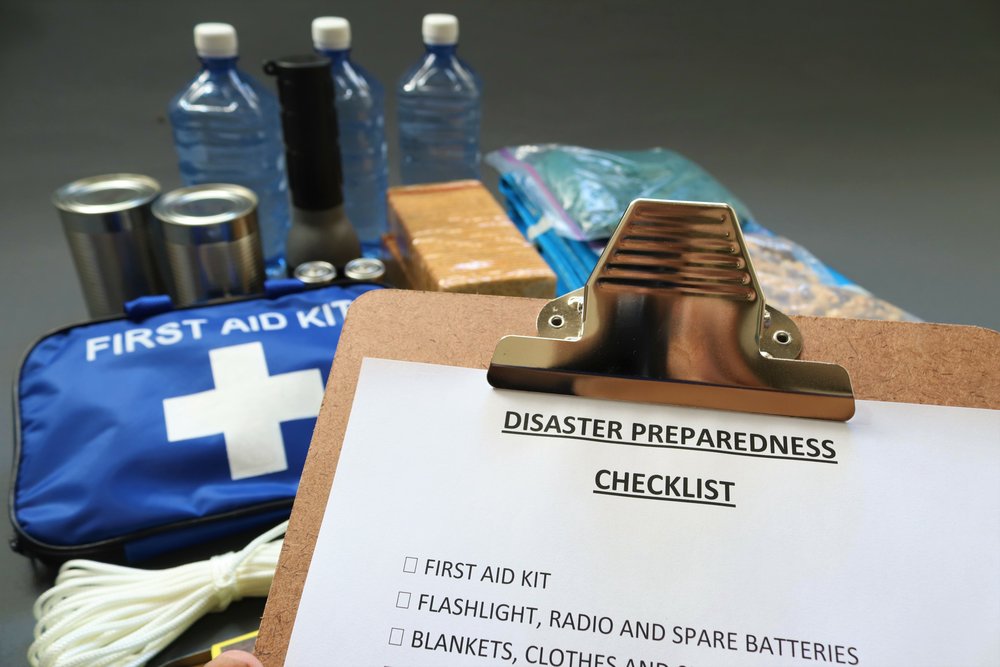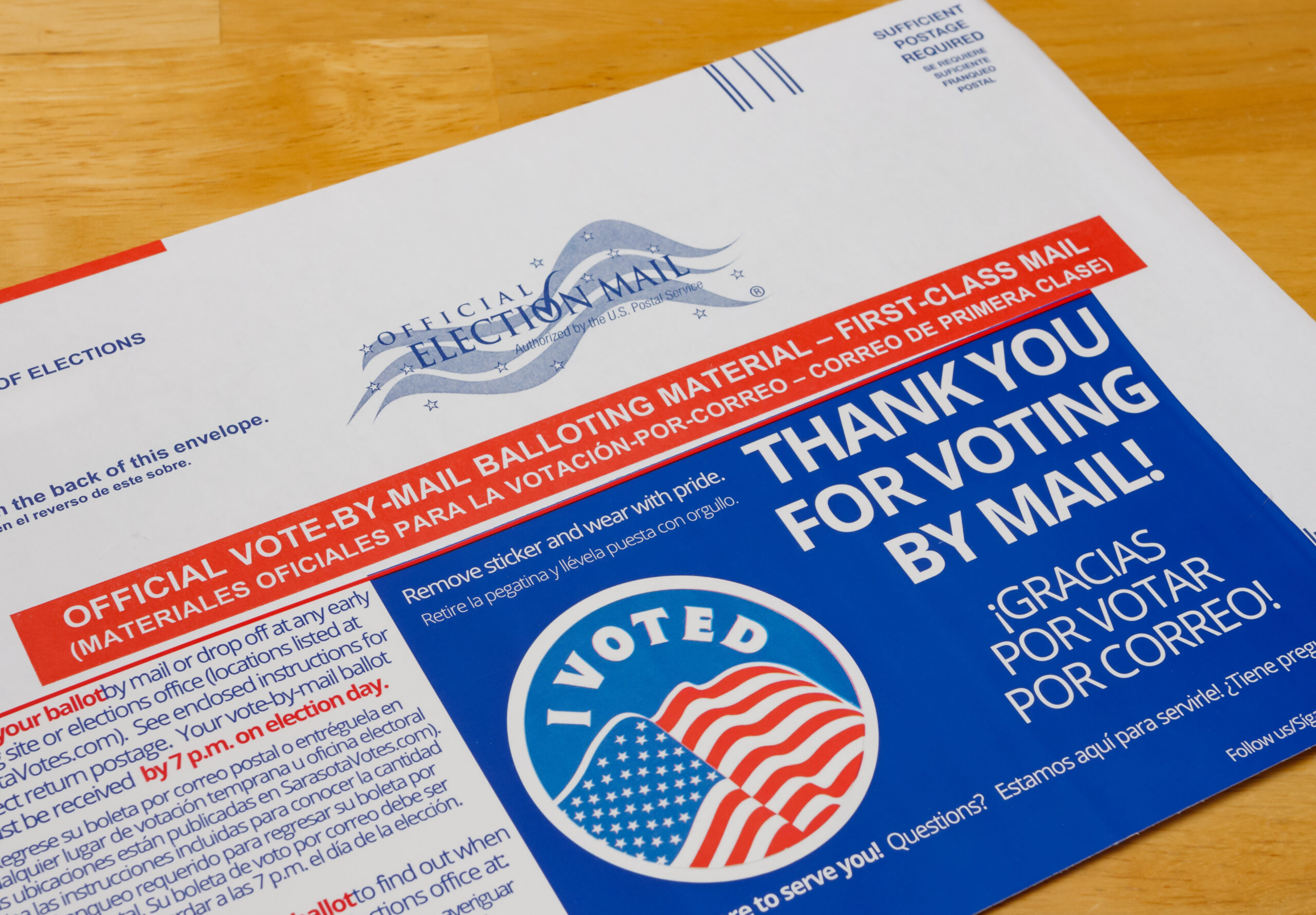What is a Psychiatric Advance Directive (PAD), and what does it do?
During a health care emergency, it can be comforting to know that your treatment preferences will be respected. However, if you or a loved one are in a mental health crisis, it might be very difficult to make sound decisions, particularly about treatment. A “Psychiatric Advance Directive” or “PAD” is a legal document that assigns a mental health care representative to make treatment decisions if someone is in a mental health crisis. A PAD can give you peace of mind that you or your loved one will have their health care wishes respected during a mental health crisis. A PAD can even shorten the length of a mental health crisis by giving treating doctors helpful information regarding a person’s mental health history.
Sitting down to draft a PAD is an opportunity for you and your loved ones to discuss mental health care planning and to have open and honest conversations regarding mental health. Also, if you or your loved one already has a PAD that was properly filled out in another state or country, it will be upheld in New Jersey under our State laws.
What can I include in a PAD?
The law that covers PADs was written to promote an individual’s decision-making. So, there are many choices about health care that an individual can include in a PAD. A person can list what kinds of symptoms might be a sign of a mental health crisis. They can explain previous diagnoses and when they were made. They can include programs, medications, and therapies that have worked in the past. They can name a representative, as well as alternate representatives. They can state what a representative can decide, as well as what they cannot decide regarding treatment. They can plan what kind of community-based care they would like to use and if they wish to avoid hospitalization, if possible.
Do I need an attorney to complete a PAD? Do I need to go to court?
You can draft a PAD at home, at no cost, and without the need for an attorney, court hearing, or judicial decision. The law requires that there be one witness present and that they confirm that the individual is of sound mind and is not receiving undue influence. This is another way of saying that the person is not being pressured to sign the PAD. The witness cannot be the same person as the mental health representative.
The representative’s authority begins at a future time, but only if certain future events take place. This shift of decision-making power from an individual to their representative only occurs if that individual is found unable to do so by a mental health professional or if the person agrees to have the authority transferred. (We discuss this in more detail below). The authority ends when the person regains decision-making capacity.
For more information on how to properly complete a PAD, please see our link to resources at the bottom of this article.
How is a PAD different from a guardianship?
You may have heard of or be familiar with the legal concept of “guardianship.” A PAD is not a “guardianship.” A “guardianship” is a kind of legal relationship that occurs when a court determines that an adult lacks capacity and that they need a guardian to be responsible for all or some of their legal decisions, usually for the rest of that person’s life. The guardian is assigned by the court; they are not chosen by the individual. In some cases, the court might even assign a guardian that the person does not know, such as in the case of a professional guardian. In most cases, a guardianship permanently and severely restricts the individual’s rights and decision-making.
Unlike a guardianship, a PAD can be something that transfers decision-making authority to another person only as needed, and the individual can choose who that other person will be, as well as what kind of treatment decisions the representative can or cannot make. A PAD is a very useful tool for an individual who experiences mental health crises only sometimes, such as if the person has a mood disorder. (To help illustrate this, we have provided a narrative case example below).
What is a mental health care representative?
The mental health care representative acts as a kind of “proxy.” The legal term, “proxy,” means that a person has the authority to represent and make decisions for someone else. In this case, the representative would have the authority to make mental health care decisions on behalf of the person who is in crisis, consistent with the instructions set forth in the PAD.
What does the PAD law mean by “decision-making capacity?”
“Decision-making capacity” means a person’s ability to understand the nature and consequences of mental health care decisions. The “mental health care decision” is the decision to accept or refuse any treatment, including whether a particular mental health care professional or facility can provide care. For example, this might include the decision to stop, continue, or start: taking medication; speaking with a therapist; attending psychiatric appointments; and attending group therapy sessions.
The capacity to make such decisions means the person understands the risks, the benefits, and any alternatives, and that they can reach an informed decision. Decision-making capacity is specific to which mental health care decision is being made. In other words, a person might still be able to make certain mental health care decisions.
What activates a mental health care representative’s authority?
The PAD is a binding legal document once it is signed. However, the representative’s authority does not automatically activate at the moment the PAD is signed. It is activated when the person does not have decision-making capacity regarding a certain mental health care decision. Under the PAD law, there are two possibilities for how this is determined. The person gets to choose which scenario will “activate” the PAD when they draft and complete the agreement.
The first possibility is that the PAD states that a mental health professional makes the determination regarding decision-making capacity. This decision needs to be in writing, and it cannot be made by the mental health representative. The opinion must be reviewed by a second mental health professional, who also needs to provide the decision in writing. These findings only activate the mental health care representative’s decision-making power. They have no other legal effect. They cannot be used to determine capacity for any other purpose.
The second possibility is that the individual states in the PAD that they wish to transfer their decision-making power regarding their mental health care to a representative.
How can I get started with drafting a PAD?
Legal planning tools may seem intimidating, time-consuming, or too expensive, but this is not always the case. Some legal documents, like PADs, can easily be drafted at home with the use of a template. Disability Rights NJ has prepared helpful materials that explain what a PAD is and what can be included in a PAD. Disability Rights NJ has also worked with advocates at the Mental Health Association of New Jersey to draft templates with instructions in English and Spanish. You can find those on our website HERE.
You can also record your PAD into a national registry, which mental health doctors and facilities can search. The registry is managed with the U.S. Living Will registry, so it can be accessed by a health provider even if the person has their mental health emergency outside of the state where they live. The database is secure and confidential. The registered information is not shared or sold. The website to register a PAD can be found here: https://www.state.nj.us/humanservices/dmhas/resources/mental/pad/.
We hope this overview of PADs, who they might benefit, how to use them, and what they do, was helpful. If you have questions about drafting a PAD for yourself or a loved one, please contact Disability Rights NJ, and we would be happy to speak with you further.







